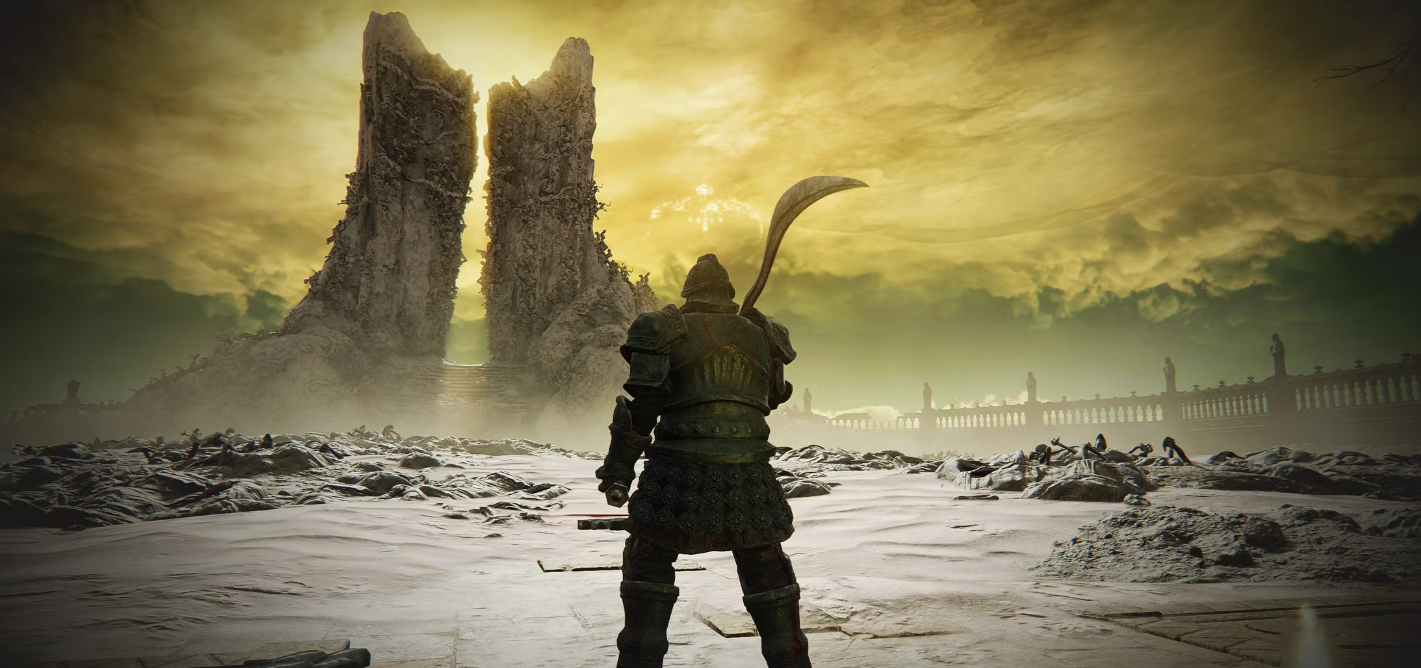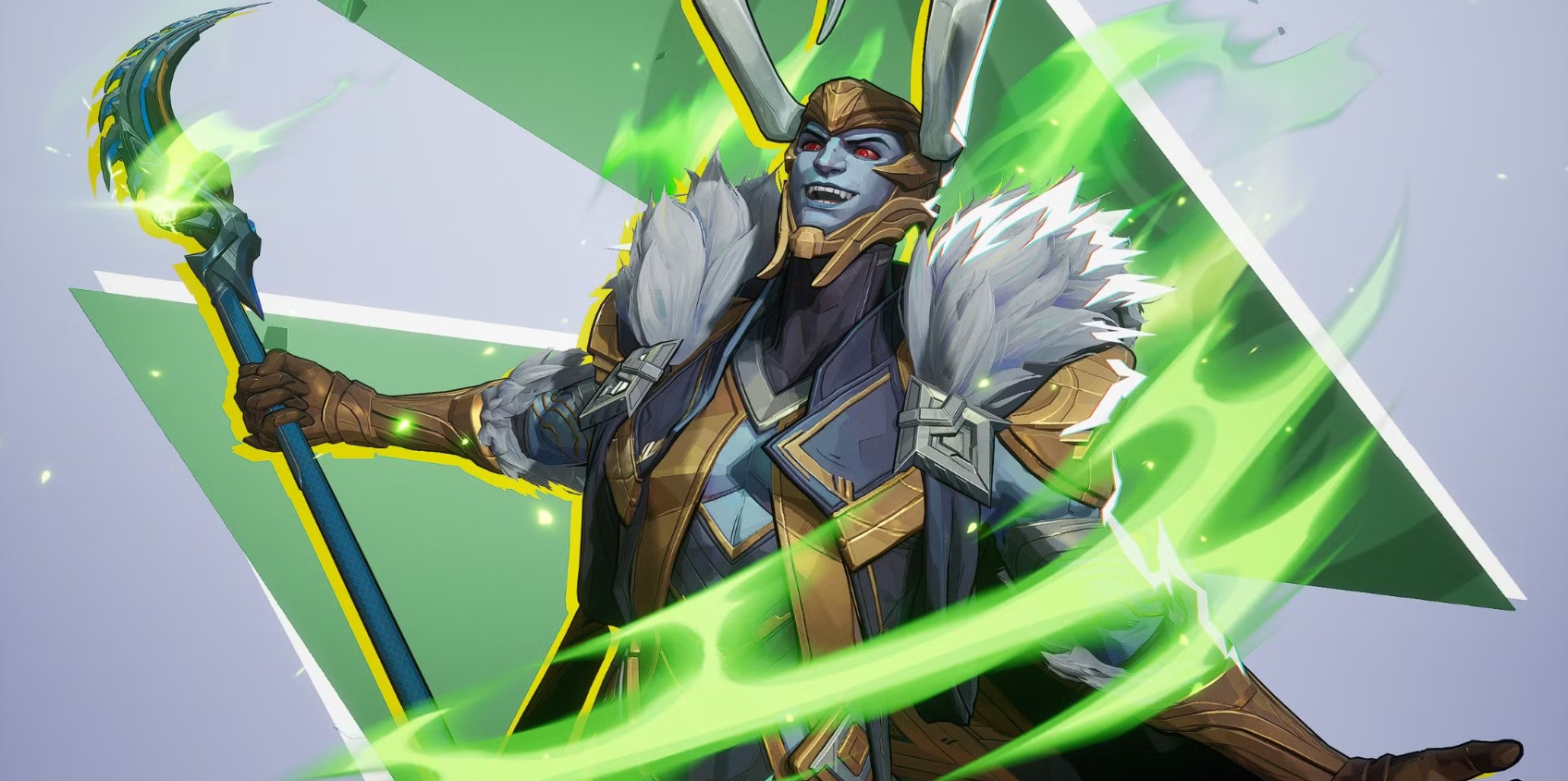Elden Ring DLC May Have Hinted at Gloam-Eyed Queen’s Identity After All

A newly surfaced fan theory suggests that the Elden Ring DLC, Shadow of the Erdtree, may contain well-hidden clues about the identity of the enigmatic Gloam-Eyed Queen. The theory presents a compelling line of reasoning that could serve as a counterpoint to some of the lore-related criticism leveled at the critically acclaimed expansion.
The Gloam-Eyed Queen is one of the most mysterious figures in the Elden Ring mythos. She is only briefly mentioned in the base game’s backstory, with various item descriptions portraying her as an Empyrean – a title bestowed upon candidates for godhood. The Queen led the Godskin Apostles and wielded the power of Destined Death through the Black Flame. She is known to have rivaled Marika herself, until being defeated by Maliketh. Many fans were hoping the Shadow of the Erdtree expansion would shed more light on the Queen, so the lack of direct references to her in the new content has prompted disappointment and even criticism from parts of the fandom.
Elden Ring’s Shadow of the Erdtree DLC May Hint at a Connection Between the Gloam-Eyed Queen and the Hornsent
While the Elden Ring expansion Shadow of the Erdtree never outright mentions the Gloam-Eyed Queen, a compelling new fan theory suggests the DLC may still be hinting at her identity. According to Reddit user strangebloke1, there are multiple threads of circumstantial evidence pointing to the possibility that the mysterious Queen was actually a member of the Hornsent race. For starters, the Greater Potentates found around Bonny Village bear a striking resemblance to the pale-skinned Godskin Apostles, almost as if they were the precursors to that ancient order. This visual similarity is hard to ignore, lending credence to the idea of a deeper connection between the two groups. Additionally, the base game establishes that the Godskin Apostles have an uncanny ability to assimilate “inhuman physiology” – a trait that the theory connects to the Hornsent’s own magic, which stems from the primordial Crucible. This assimilation ability manifests in the horrific ritual where the Hornsent’s shamans are blended into amorphous “saints” – a process that could be seen as a form of absorbing inhuman traits. The theory posits that this disturbing practice may have served as a template or inspiration for the Godskin Apostles’ own methods of transforming their bodies and physiology. After all, both groups seem to wield power over life, death, and the manipulation of corporeal forms.
Further supporting the connection is the fact that Hornsent iconography features an abundance of spirals, believed to be associated with the Crucible, much like the weapons of the Godskin Apostles. This symbolic overlap suggests a shared esoteric knowledge or philosophical foundation between the two factions. And let’s not forget the giant snakeskin found in the Bonny Village outskirts, echoing the Godskin Apostles’ strong snake motifs in the base game. Taken together, these subtle links provide a compelling case that the Gloam-Eyed Queen may have had deeper ties to the enigmatic Hornsent than previously thought. While not definitively proven, this fan theory certainly offers an intriguing new perspective on one of Elden Ring’s most mysterious figures. But the connections don’t stop there. The theory also posits that the Gloam-Eyed Queen’s own powers and abilities may have been rooted in her Hornsent heritage. For instance, her mastery of the Black Flame and Destined Death could be seen as an extension of the Hornsent’s innate connection to the primal forces of the Crucible. Just as the Hornsent shamans wield transformative magic, the Queen may have wielded the power to reshape life and death itself.
Additionally, the Gloam-Eyed Queen’s status as an Empyrean – a candidate for godhood – could be tied to the Hornsent’s own quasi-divine nature. After all, the Hornsent are described as being born from the Crucible, the source of all life in the Lands Between. Perhaps the Queen’s Hornsent lineage granted her a unique claim to ascend beyond mere mortality, leading to her rivalry with Marika. It’s also worth noting that the Gloam-Eyed Queen’s defeat at the hands of Maliketh may have been a decisive blow not just against her personally, but against the Hornsent race as a whole. Maliketh, the Beast Clergyman, is known to have been the guardian of Destined Death, the very power that the Queen wielded. His victory over her could have effectively severed the Hornsent’s connection to that primal force, crippling their influence and standing within the metaphysical hierarchy of the Lands Between. Of course, this is all speculative, but it does paint an intriguing picture of the Gloam-Eyed Queen’s potential origins and abilities. By tying her to the Hornsent, the theory provides a compelling explanation for her formidable powers, her Empyrean status, and her role as a rival to Marika – the central deity of the Elden Ring pantheon. Furthermore, the theory’s implications extend beyond just the Gloam-Eyed Queen herself. If true, it would suggest that the Hornsent played a far more significant and influential role in the history and mythology of the Lands Between than has been previously acknowledged. Their connection to the Crucible, their esoteric magical practices, and their apparent ties to the Godskin Apostles all point to a faction that was likely deeply intertwined with the highest echelons of power and divine authority.
This, in turn, raises fascinating questions about the origins and nature of the Elden Ring itself. If the Hornsent were indeed as closely tied to the Crucible as the theory proposes, then their involvement in the creation or maintenance of the Elden Ring cannot be ruled out. Perhaps they even held a degree of influence or even co-ownership over the Elden Ring’s authority – a notion that could reframe our understanding of the power dynamics and conflicts that shaped the lore of Elden Ring. Ultimately, while this fan theory remains unconfirmed, it presents a compelling and well-reasoned argument that the identity and legacy of the Gloam-Eyed Queen may be more closely linked to the enigmatic Hornsent than previously thought. By connecting the dots between various narrative and visual elements in both the base game and the Shadow of the Erdtree expansion, it offers a fresh perspective on one of Elden Ring’s most intriguing mysteries.
Whether or not this theory holds true, it underscores the depth and richness of the game’s lore, as well as the dedication and creativity of the Elden Ring community in piecing together its many tantalizing secrets. As players continue to delve into the Lands Between and uncover new layers of its fascinating history, theories like this one will undoubtedly continue to emerge, fueling ongoing discussions and speculations about the game’s most elusive and captivating characters and events.




I want to play that game how I can play